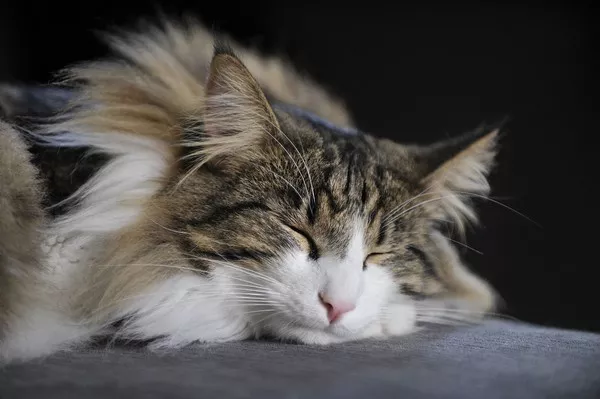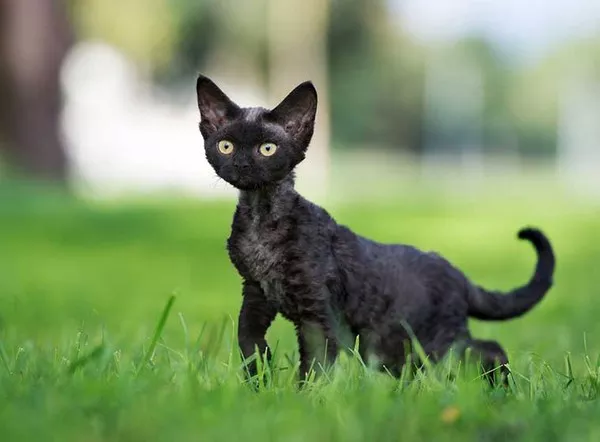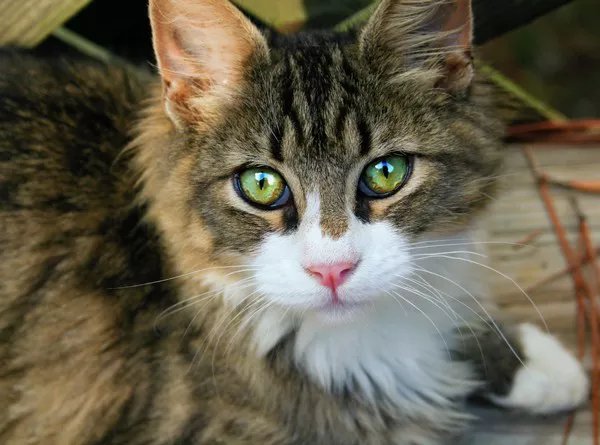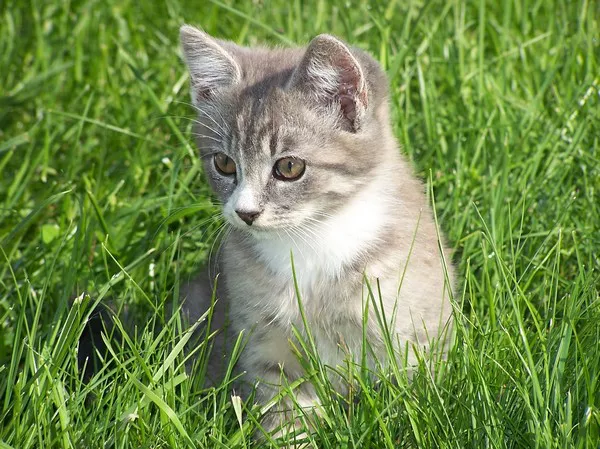Chocolate, with its irresistible allure, has a universal appeal for many, but it poses a potential hazard when it comes to our feline companions. Cats, known for their curiosity and sometimes mischievous behavior, may find themselves drawn to the sweet temptation of chocolate. This article aims to provide comprehensive insights into the potential risks, symptoms, and appropriate actions if your cat happens to indulge in a bit of chocolate.
Understanding the Dangers of Chocolate for Cats:
Toxic Components:
Chocolate contains substances called theobromine and caffeine, both of which belong to the methylxanthine class. While humans can metabolize these compounds relatively efficiently, cats lack the necessary enzymes, making them more susceptible to the toxic effects of chocolate.
Theobromine Sensitivity:
Theobromine, found in higher concentrations in dark chocolate and cocoa powder, is particularly problematic for cats. Even a small amount of chocolate can lead to theobromine toxicity, causing various health issues ranging from mild to severe.
Symptoms of Chocolate Poisoning:
Recognizing the symptoms of chocolate poisoning in cats is crucial for prompt intervention. Symptoms may include restlessness, increased heart rate, tremors, vomiting, diarrhea, elevated body temperature, and, in severe cases, seizures or even death.
What to Do If Your Cat Ate Chocolate:
Assess the Amount and Type of Chocolate:
The severity of the situation depends on the type and amount of chocolate ingested. Dark chocolate and baking chocolate contain higher theobromine levels than milk chocolate. Knowing the type and quantity of chocolate your cat consumed can assist veterinary professionals in assessing the potential risk.
Contact Your Veterinarian:
If you suspect your cat has ingested chocolate, contact your veterinarian immediately. Provide details such as the type and amount of chocolate, as well as your cat’s weight. Your veterinarian can offer guidance on whether immediate action is necessary based on the severity of the situation.
Inducing Vomiting at Home:
In some cases, a veterinarian may recommend inducing vomiting at home if the ingestion occurred recently. However, this should only be done under professional guidance, as inappropriate methods or timing can lead to additional complications.
Activated Charcoal Administration:
Activated charcoal may be administered by a veterinarian to help bind the theobromine in the digestive tract, reducing its absorption. This is typically done within a few hours of chocolate ingestion.
Monitoring and Treatment:
Veterinarians may monitor your cat’s vital signs, administer intravenous fluids to promote theobromine excretion, and provide supportive care. Severe cases may require hospitalization for intensive treatment.
Chocolate Toxicity Levels in Cats:
Milk Chocolate:
While milk chocolate has the lowest theobromine content, it can still pose a risk to cats, especially if consumed in significant quantities. Monitoring for symptoms and seeking veterinary advice remain essential.
Dark Chocolate:
Dark chocolate contains higher theobromine levels, making it more toxic to cats. Ingestion of even small amounts may lead to severe symptoms. Prompt veterinary intervention is crucial if dark chocolate is involved.
Baking Chocolate:
Baking chocolate, with its concentrated theobromine content, is the most dangerous for cats. Even a small amount can result in severe toxicity. Immediate veterinary attention is imperative.
Preventive Measures:
Secure Chocolate Access:
Prevention is key when it comes to chocolate toxicity in cats. Keep all chocolate products, including bars, baking chocolate, and cocoa powder, securely stored in areas inaccessible to your feline friend.
Educate Household Members:
Ensure that everyone in your household is aware of the potential dangers of chocolate for cats. Educate family members, especially children, about the importance of keeping chocolate out of reach of pets.
Alternative Treats:
Provide your cat with cat-safe treats to satisfy their cravings without resorting to chocolate. Numerous commercially available cat treats mimic the flavors cats enjoy without the associated risks.
Regular Veterinary Check-ups:
Schedule regular veterinary check-ups to monitor your cat’s overall health. Regular examinations allow veterinarians to detect potential issues early and provide guidance on maintaining a safe environment for your pet.
See Also: Is Chocolate Dangerous For Cats? Things You Need To Know
Conclusion:
While the image of a cat enjoying a nibble of chocolate may seem endearing, it is crucial to recognize the potential dangers associated with chocolate ingestion in cats. Theobromine toxicity can manifest rapidly, and prompt intervention is essential for a positive outcome.
Educating oneself about the risks, understanding the symptoms of chocolate poisoning, and taking swift action by contacting a veterinarian are pivotal steps in safeguarding a cat’s health. Prevention, through secure chocolate storage and alternative treats, remains the most effective strategy.
By navigating the cocoa conundrum with awareness and a commitment to feline well-being, cat owners can create a safe and chocolate-free environment for their beloved companions. Remember, when it comes to chocolate and cats, prevention and knowledge are the best forms of protection.



























